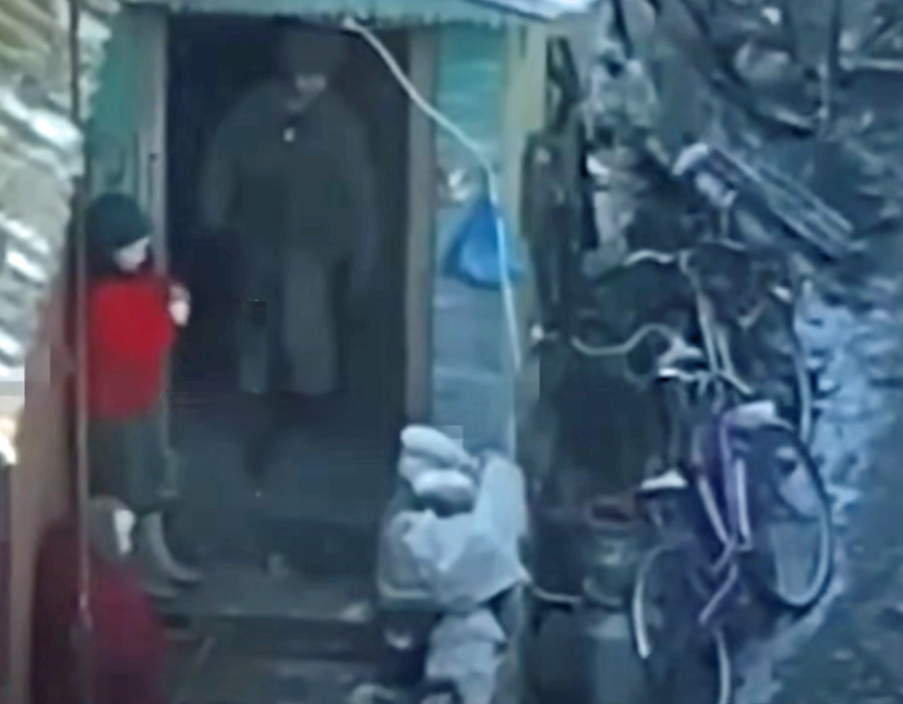Ukraine’s GDP should reach $189 billion by the end of 2024, nearing $200 billion in 2025, according to consensus forecasts from Ukraine’s leading economic think tanks and investment banks published by Centre of Economic Strategy (CES).
CES asked seven leaders of Ukrainian and foreign analytical teams to provide their forecasts: Ukraine’s investment banks ICU, Dragon Capital and Concorde Capital, Ukraine’s central bank (The National Bank of Ukraine) and Ministry of Economy, as well as leading thinktanks: Kyiv School of Economics (KSE), Institute of Economic Research (IER), Oxford Economics, The Vienna Institute for International Economic Studies (wiiw).
JOIN US ON TELEGRAM
Follow our coverage of the war on the @Kyivpost_official.
In 2025, Ukraine’s GDP will reach an average $198 billion due to an 8% devaluation of the hryvnia and a median real GDP increase of 3.5%.
“Since the moment the central bank decided to abandon the fixed exchange rate, Ukraine’s currency devalued to 14%. I think this is an acceptable pace of devaluation,” ICU Head of the Macroeconomic Research Department Vitalii Vavryshchuk said.
Electricity and workforce deficit will remain key problems for the economy, according to Dragon Capital Chief Economist Olena Bilan. The resilience of businesses and the population has sustained Ukraine’s growth during 2023-2024, but the effect of these factors is tapering off.

Ukraine’s Internal Debt 2nd Source of Financing Aid in 2024 After EU
“Defense industry development can become a new driver for growth,” she said.
Graph from CES 2025 Forecasts from economists and officials. Source: CES website.
What makes forecasts for Ukraine’s economy difficult?
The war still leaves a lot of uncertainty for Ukraine. Of the CES analysts preparing the forecast for 2025, 100% assume that the war will last through all of the next year.
All analysts are also sure that the Ukrainian grain and land corridor with Europe will function through 2024-2025, despite Russia’s recent strikes of ships in Odesa.
Unlike other forecasters, Dragon Capital tried creating a positive outlook scenario entailing a ceasefire without signing a settlement agreement in the first quarter of 2025, along with the base scenario of an extended war. This ceasefire scenario projects a higher real GDP, up to 5-7% instead of 3%, with lower budget gap, financing needs and foreign aid. Inflation and exchange rates, however, would be higher.
Extract from CES 2025 Forecasts from economists and officials. Source: CES website.
How much international aid Ukraine will receive in 2025?
Ukraine’s consolidated fiscal deficit excluding grants in revenues will decrease from $44 billion in 2024 to $38 billion in 2025, according to the CES consensus forecast.
But the total financing needs, which includes both deficit and Ukraine’s debt redemption, could reach as high as $52 billion in 2025.
Ukraine will cover this spending from the EU’s Ukraine Facility, the G7 Extraordinary Revenue Acceleration for Ukraine (ERA), backed by the proceeds from frozen Russian assets and government bonds rollover.
Graph from CES 2025 Forecasts from economists and officials. Source: CES website.
Successful debt restructuring and fiscal policy allowed Ukraine to reduce the budget gap from 27% of GDP in 2024 to 19% in 2025. In 2024, the budget gap is estimated at 23% of GDP.
In late November, Minister of Finance Serhiy Marchenko told Kyiv Post that this had been a success. However, he did not foresee returning to pre-war debt indicators as long as the hostilities were not finished and Russia continued to attack Ukraine.
“Theoretically, we decreased the ratio. But while the full-scale war continues, returning to ‘peacetime’ indicators, with pre-war debt level and budget deficit, is absolutely impossible,” Marchenko said.
How high will inflation in Ukraine be in 2025?
Inflation in Ukraine is accelerating, but at a controlled pace. In November 2024, it increased to 9.7% compared to November 2023, according to the central bank’s data.
Kyiv Post wrote in October that the central bank had increased its forecast for inflation in the near term and warned about increased pro-inflation risks, as growth in both consumer and core inflation was faster than forecast.
The reasons for higher inflation are smaller-than-expected harvests of various crops, which will increase food prices and the cost of food industry production.
Especially high inflation is observed in prices for vegetables – they are increasing at the pace of 50-60% because of the drought during summer of 2024, KSE analyst Dmytro Krukovets said during the 2025 forecast presentation.
Graph from CES 2025 Forecasts from economists and officials. Source: CES website.
“Inflation in September-October accelerated faster than we were expecting. But we expect that it will decrease in the second half of 2025,” Krukovets added.
Although Ukraine’s Ministry of Finance has planned a hryvnia-dollar exchange rate at 45 hryvnia for a dollar, CES foresters are much more optimistic.
Graph from CES 2025 Forecasts from economists and officials. Source: CES website.
The average exchange rate should remain approximately at Hr.43 per dollar and reach the Hr.45 mark only at the end of 2025.
Extract from CES 2025 Forecasts from economists and officials. Source: CES website.
You can also highlight the text and press Ctrl + Enter












